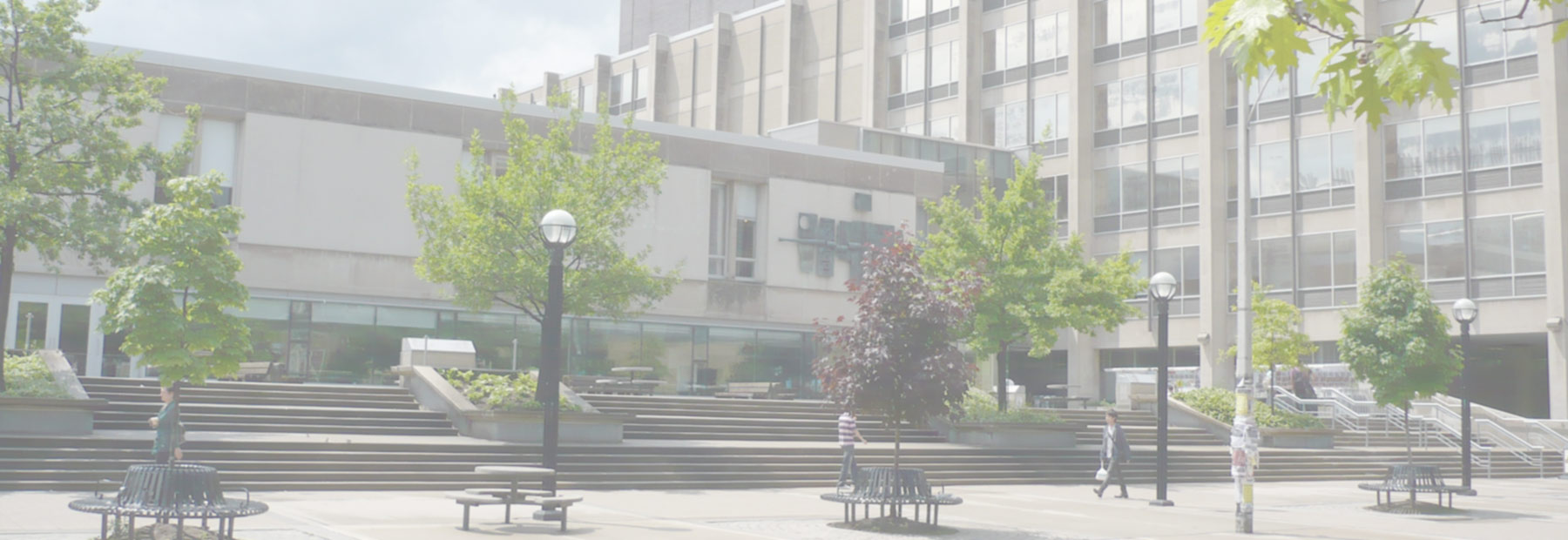EMIGF: Elizabeth Mattison
When and Where
Speakers
Description
The Early Modern Interdisciplinary Graduate Forum (EMIGF) is a monthly event hosted by the Centre for Reformation and Renaissance Studies (CRRS) at the University of Toronto, and is a platform for PhD Candidates, post-docs, fellows, and recent graduates to deliver papers or open discussions on their research in an informal setting with an interdisciplinary group of Early Modernists. Its mandate is to provide junior and emerging scholars with the opportunity to present work in progress, and to facilitate dialogue on current topics in early modern research across the disciplines.
Zoom Meeting Link
Please request meeting details (meeting ID and passcode) from Jordana Lobo-Pires via email: emigfuoft@gmail.com
“‘During her lifetime’: Christine of Lorraine and the Matrilineal Management of Jewels in the Medici Grand Duchy”
Claire Litt, Department of History, Queens University
In 1589, the courtier Diomede Borghesi celebrated the inauguration of the Grand Duchess Christine of Lorraine with a poem that played on the similarity of Cristina and cristalli. The poem was an example of a culturally pervasive Petrarchan trope in which women metaphorically transmuted into precious gems. In this vein, scholarship has focussed overwhelmingly on the Medici women as symbolic bodies for the conspicuous display of dynastic jewels. Little, however, has been written about the Medici women’s personal collections of jewellery. From correspondence and inventories of jewels belonging to Christine of Lorraine and her daughters, new details emerge that provide insight into the ownership, provenance, valuation, trajectory and uses of their jewels. While Medici women were themselves put on public display as ‘state jewels,’ behind-the scenes they leveraged the value, meanings, and ownership of their jewellery for personal and political gain
“Repairing and Recreating Metalwork as a Historical Practice in the Sixteenth Century”
Elizabeth Mattison, Department of Art History, University of Toronto
Collections of precious metalwork in churches can be understood as records of a community’s past devotion. As repositories of valuable materials, however, treasuries were also subject to frequent dissolution in times of a community's financial need. Moreover, continuous use of liturgical ornament led to the need for repair over time. This paper examines the restoration and remaking of precious metal objects in the Prince-Bishopric of Liège in the sixteenth century. I argue that this independent principality confronted its history through engagement with its older metalwork. Commissioned by wealthy Prince-Bishops, abbots, and canons, the restorations revived the glorified Romanesque past of the region. By remaking metalwork, the leaders of the Prince-Bishopric created an alternative record of their realm’s history and speculated about a magnificent future.


